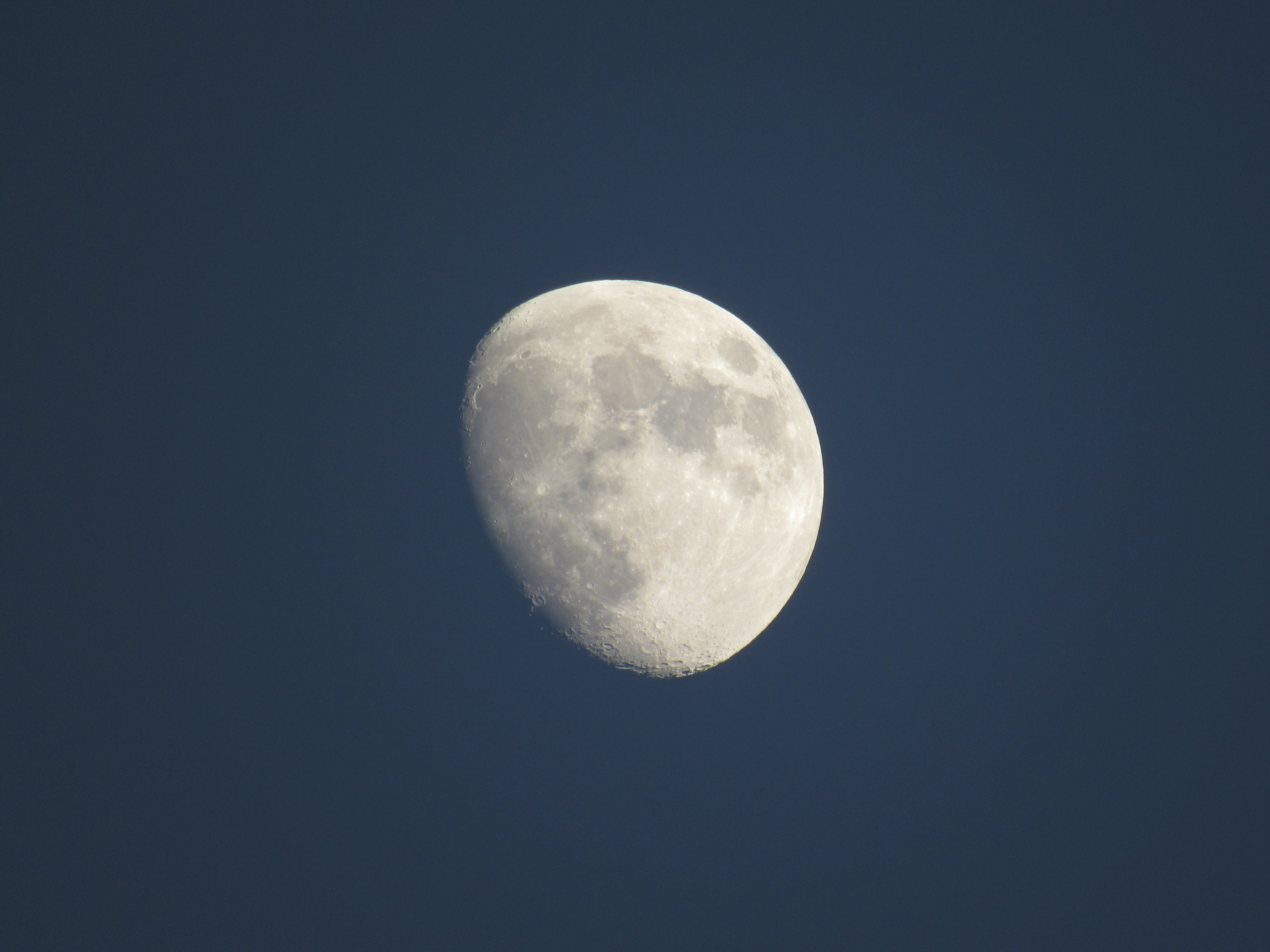
Why do we take rest on Moon Days in Ashtanga yoga?
Why take rest on Moon Days?
Ashtanga yoga is often taught six days a week, with rest days taken once a week, as well as on a full moon and a new moon (moon days).
So, why don't we practise on these days?
Here is a selection of quotes from Sharath and other teachers to help answer this question.

Tim Miller Ashtanga Yoga Centre
Like all things of a watery nature (human beings are about 70% water), we are affected by the phases of the moon. The phases of the moon are determined by the moon’s relative position to the sun. Full moons occur when they are in opposition and new moons when they are in conjunction. Both sun and moon exert a gravitational pull on the earth. Their relative positions create different energetic experiences that can be compared to the breath cycle. The full moon energy corresponds to the end of inhalation when the force of prana is greatest. This is an expansive, upward moving force that makes us feel energetic and emotional, but not well grounded. The Upanishads state that the main prana lives in the head. During the full moon we tend to be more headstrong.
The new moon energy corresponds to the end of exhalation when the force of apana is greatest. Apana is a contracting, downward moving force that makes us feel calm and grounded, but dense and disinclined towards physical exertion.
The Farmers Almanac recommends planting seeds at the new moon when the rooting force is strongest and transplanting at the full moon when the flowering force is strongest. Practicing Ashtanga Yoga over time makes us more attuned to natural cycles. Observing moon days is one way to recognise and honour the rhythms of nature so we can live in greater harmony with it. source
Sharath Jois
Mysore, December 2015
"[The position of the stars and planets] affects our minds also. Sometimes many bad things will happen to you for a few years. Call it Saraswathi. We are all dependent on the moon, stars, planets. When these things come [moon days] the mind goes very active. More energy on these moon days. These energies might hurt your body or mentally when you are doing asana. Don't make your mind too active. Just rest. In the old days people would not travel on moon days. You might damage or hurt yourself
Richard Freeman
Yoga Workshop
"It’s part of the traditional approach to take time off during the new and full moons. This is partly due to the Indian astrological belief that it is not auspicious to do certain things on moon days. Because we are part of this lineage, we have chosen to honour the moon days in this way.
In addition, once you practice on a daily basis (six days a week is recommended), you’ll notice that being invited to take a day off is a luxury. The body can rest (after all the ashtanga practice is physically demanding) and on moon days you feel like you have a huge chunk of unspoken for “free time” when you’re used to daily practice"
MOON DAYS 2026
Moon Days are often taken as rest days by Ashtanga Yoga Practitioners -
Full Moon / new Moon:
January Sat 3rd and Sun 18th
February Sun 1st and Tue 17th
March tue 3rd and Thu 19th
April Thu 2nd And Fri 17th
May Fri 1st & Sun 31st and Sat 16th
June Mon 15th and Tue 30th
July Tue 14th and Wed 29th
August Wed 12th and Fri 28th
September Fri 11th and Sat 26th
October Sat 10th and Mon 26th
November Mon 9th and Tue 24th
December Wed 9th and Thu 24th
Check out some of my most popular Blogs






